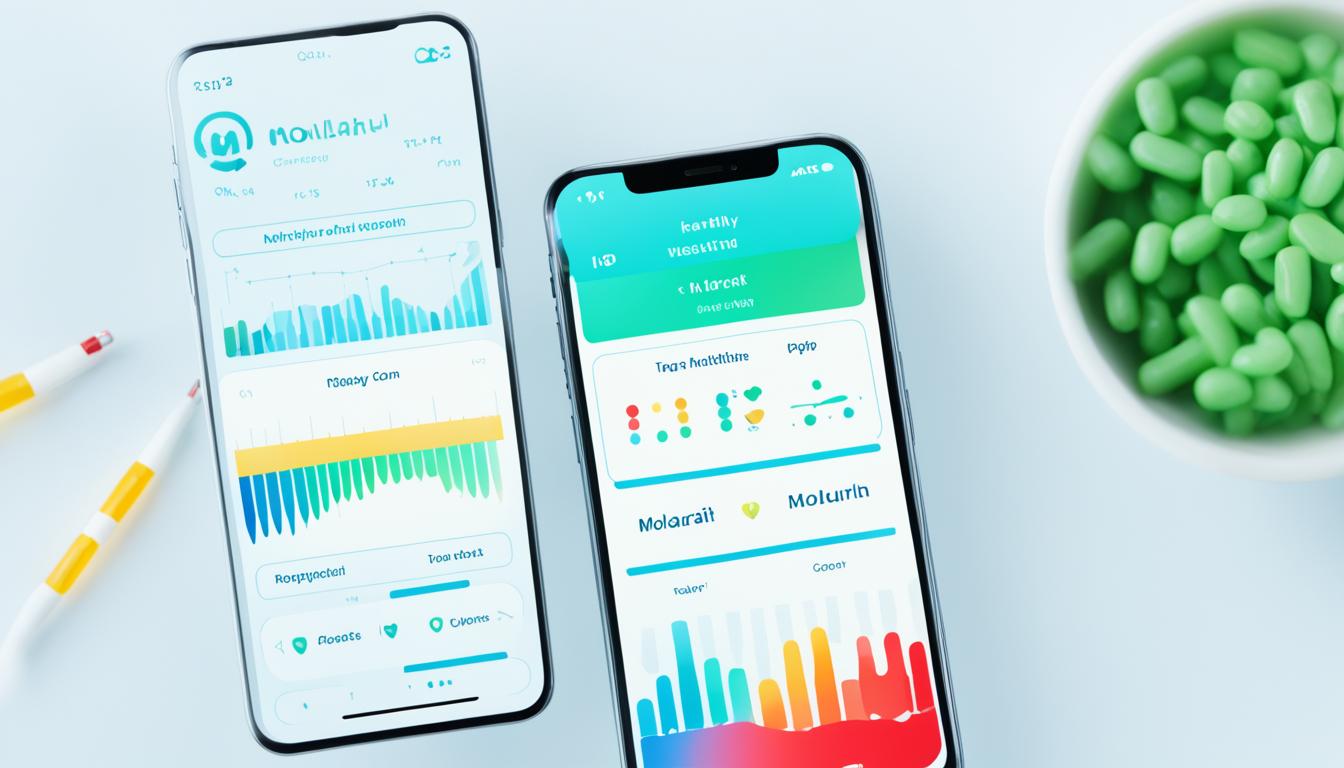Перекалач, pronounced as “perekalach,” is a traditional Ukrainian bread with deep roots in the country’s culinary history. This unique type of bread is not just a staple food; it embodies the culture, traditions, and spirit of the Ukrainian people. Often associated with celebrations and special occasions, перекалач is cherished not only for its taste but also for its symbolic significance.
Historical Significance
The history of перекалач dates back to ancient times when bread was more than just sustenance; it was a symbol of life and prosperity. In Ukrainian culture, bread has always held a sacred place, often used in rituals and ceremonies. Перекалач, with its intricate design and preparation process, was particularly revered, symbolizing unity, fertility, and the cyclical nature of life.
Traditional Ingredients
The primary ingredients used in making перекалач are simple yet crucial to its distinct flavor. These include wheat flour, water, yeast, sugar, salt, and sometimes milk or butter. The use of high-quality wheat flour is essential as it contributes to the bread’s soft texture and rich taste. In some regions, eggs are added to the dough, giving the bread a golden hue and a richer flavor.
The Art of Preparation
Making перекалач is an art that has been passed down through generations. The process begins with preparing the dough, which is kneaded until it reaches the perfect consistency. This dough is then allowed to rise, a step that is crucial for achieving the bread’s airy texture. After the first rise, the dough is divided into portions and shaped into long strands. These strands are intricately braided, often in a circular pattern, to create the characteristic shape of перекалач.
Baking Process
The braided dough is placed on a baking tray and allowed to rise again before being brushed with an egg wash to give it a shiny, golden crust. It is then baked in a preheated oven until it turns a deep golden brown. The baking process is crucial as it ensures that the bread is cooked evenly, with a soft interior and a crispy crust.
Cultural Symbolism
Перекалач is more than just bread; it is a symbol deeply embedded in Ukrainian culture. It is often prepared for holidays such as Christmas and Easter, where it takes center stage on the dining table. The bread’s circular shape is symbolic of eternity and the endless cycle of life. In some traditions, перекалач is used in wedding ceremonies, representing the union of two people and the continuity of family lineage.
Regional Variations
While the basic recipe for перекалач remains consistent, there are regional variations that add unique twists to this traditional bread. In some regions, the dough is enriched with honey or raisins, adding a sweet flavor that contrasts with the savory notes. In others, poppy seeds are sprinkled on top before baking, adding a nutty flavor and a pleasing crunch. These variations reflect the diverse culinary practices across Ukraine, each adding its own flavor to the перекалач tradition.
Modern-Day Adaptations
As with many traditional foods, перекалач has seen modern adaptations. Today, it is not uncommon to find перекалач made with alternative flours such as rye or spelt, catering to those with dietary restrictions. Additionally, some bakers experiment with fillings, such as nuts, dried fruits, or chocolate, giving the bread a contemporary twist while still honoring its traditional roots.
Serving Suggestions
Перекалач is typically served as part of a festive meal, often accompanied by other traditional dishes such as borscht, varenyky (dumplings), or holubtsi (stuffed cabbage rolls). It can be enjoyed plain, with butter, or used to soak up rich soups and sauces. The bread’s slightly sweet flavor pairs well with both savory and sweet dishes, making it a versatile addition to any meal.
Health Benefits
Beyond its cultural and culinary significance, перекалач also offers several health benefits. Made from whole wheat flour, it is a good source of fiber, which aids in digestion and helps maintain a healthy gut. The fermentation process involved in making the dough also makes the bread easier to digest and increases the bioavailability of nutrients. Moreover, перекалач is low in fat and contains essential vitamins and minerals, making it a nutritious choice for those looking to enjoy traditional foods without compromising on health.
The Role of Перекалач in Ukrainian Festivals
In Ukrainian festivals, перекалач holds a place of honor. During Christmas, it is often placed at the center of the table, symbolizing prosperity and the hope for a bountiful year ahead. At Easter, перекалач is part of the traditional basket of foods blessed in church, representing the resurrection and new life. The bread is also a feature at weddings and other significant life events, where it is shared among family and friends as a symbol of unity and goodwill.
Preservation of Tradition
In a rapidly globalizing world, the preservation of traditional foods like перекалач is more important than ever. Ukrainian communities around the world continue to bake перекалач as a way of staying connected to their heritage. By passing down recipes and techniques from one generation to the next, these communities ensure that the tradition of перекалач remains alive and well.
Перекалач in Ukrainian Diaspora
For Ukrainians living abroad, перекалач is a comforting reminder of home. In countries with large Ukrainian communities, such as Canada and the United States, перекалач is often found in local bakeries and at cultural festivals. It serves as a delicious link to their roots and a way of sharing their culture with others.
Conclusion
Перекалач is more than just a type of bread; it is a symbol of Ukrainian culture, tradition, and community. Its unique preparation, rich history, and cultural significance make it a beloved staple in Ukrainian households, both in Ukraine and around the world. As we continue to embrace modern culinary practices, it is essential to preserve and celebrate traditional foods like перекалач, ensuring that their stories and flavors are passed down for generations to come.











